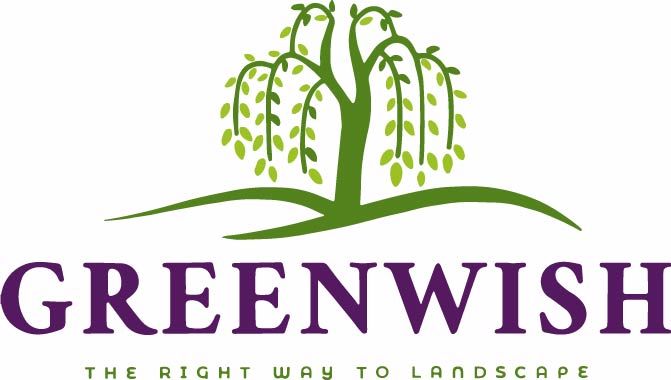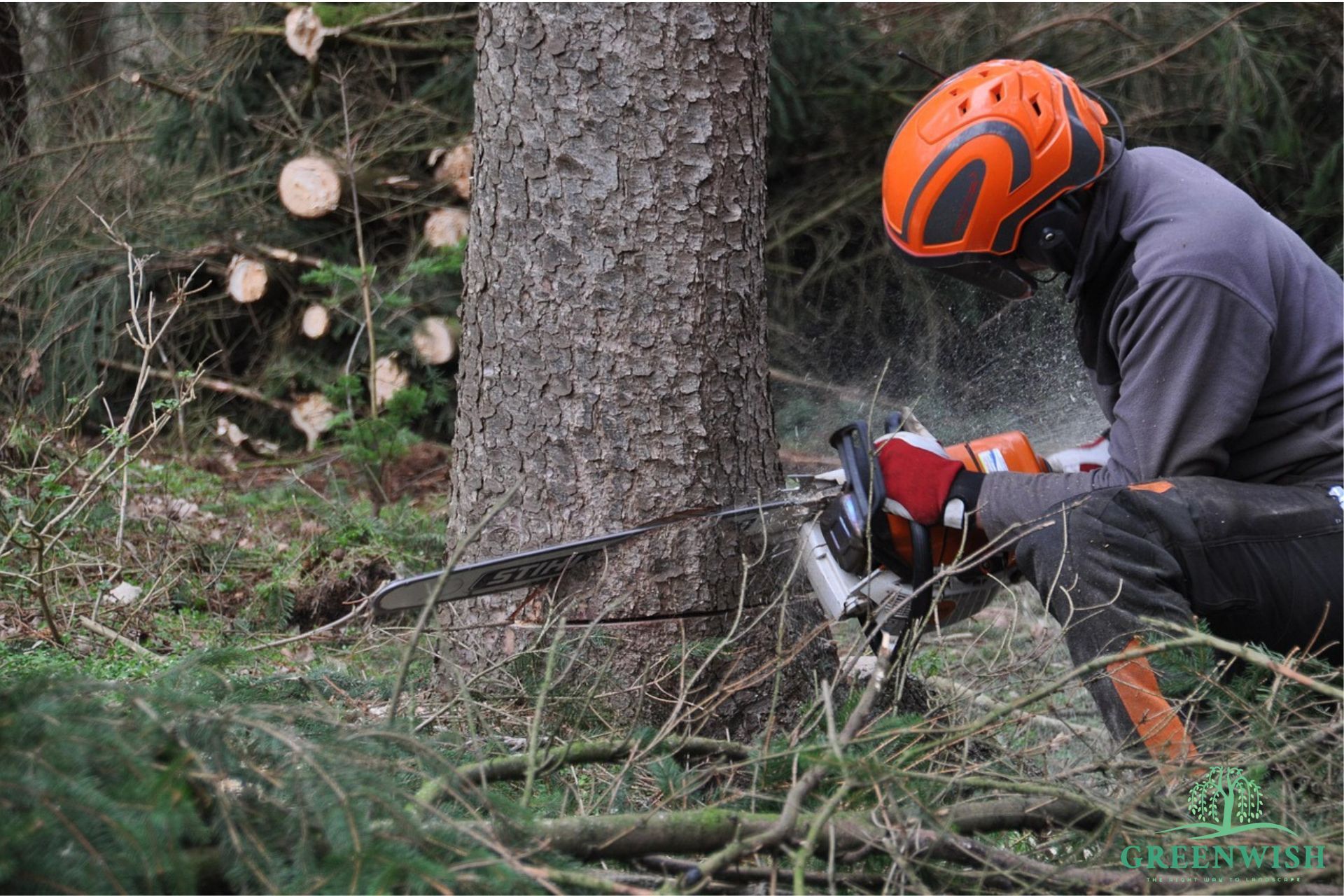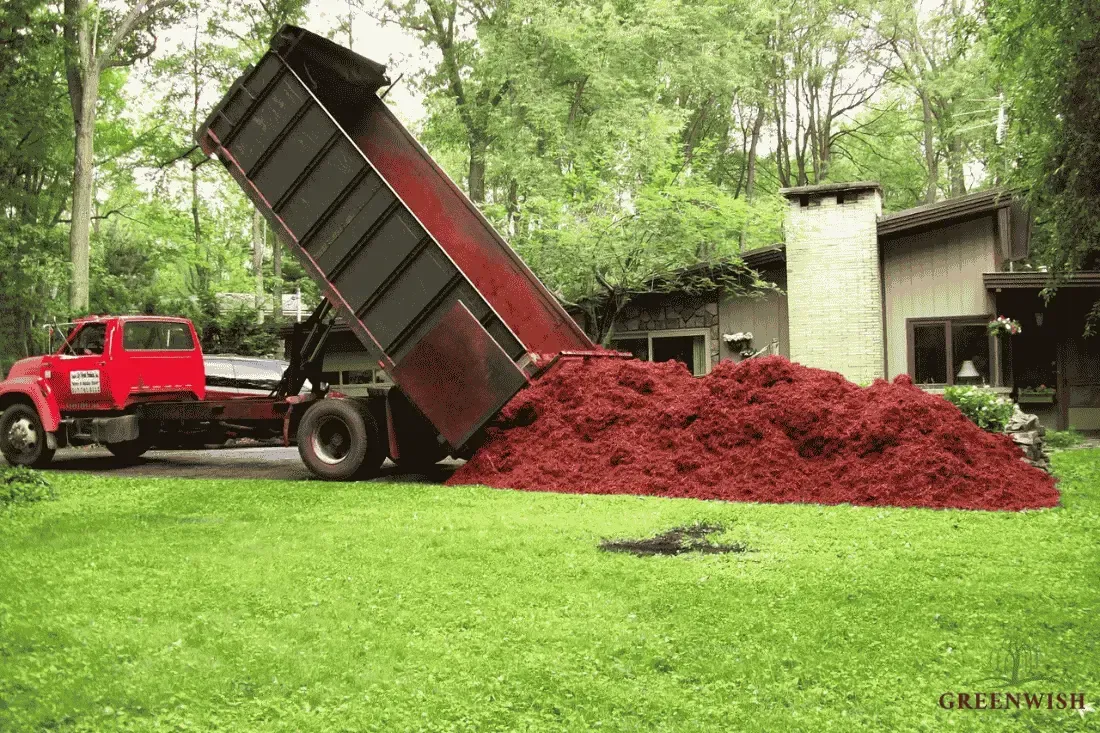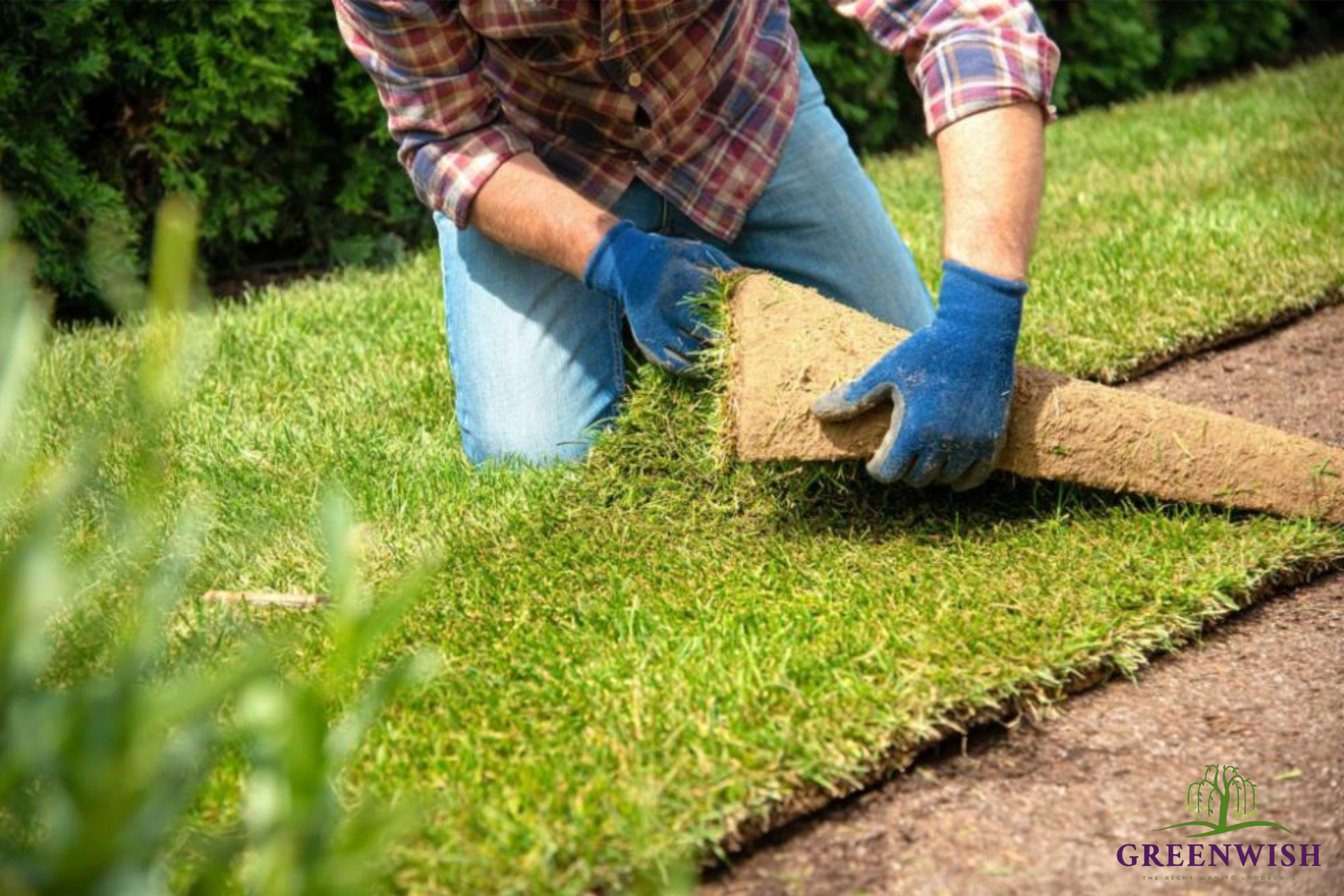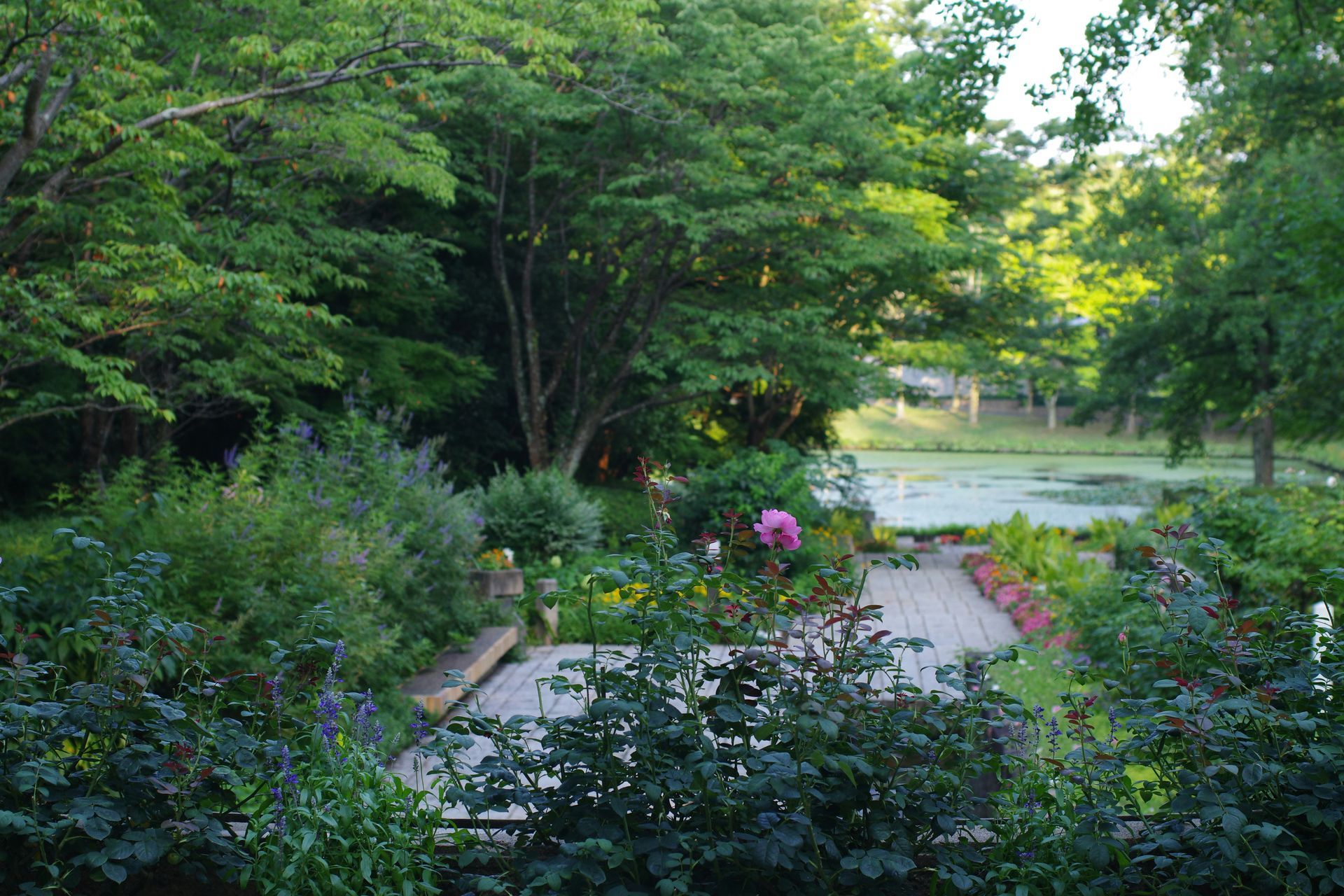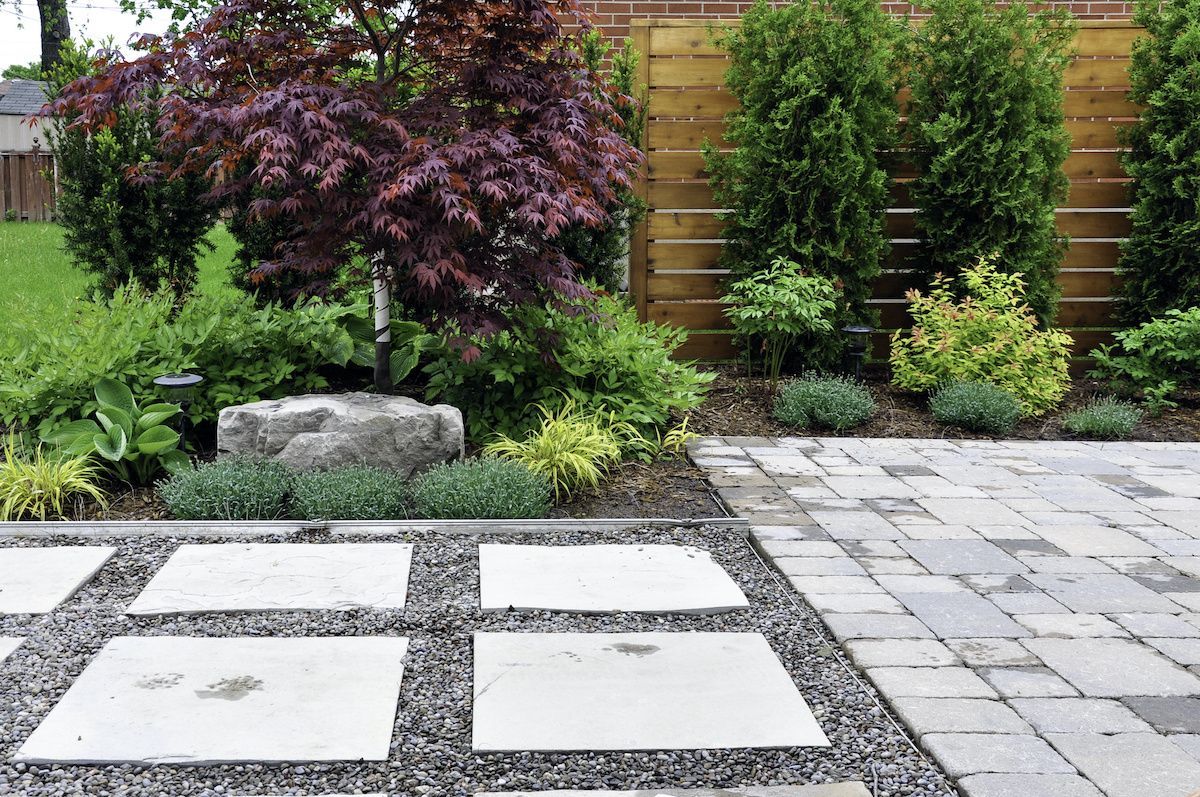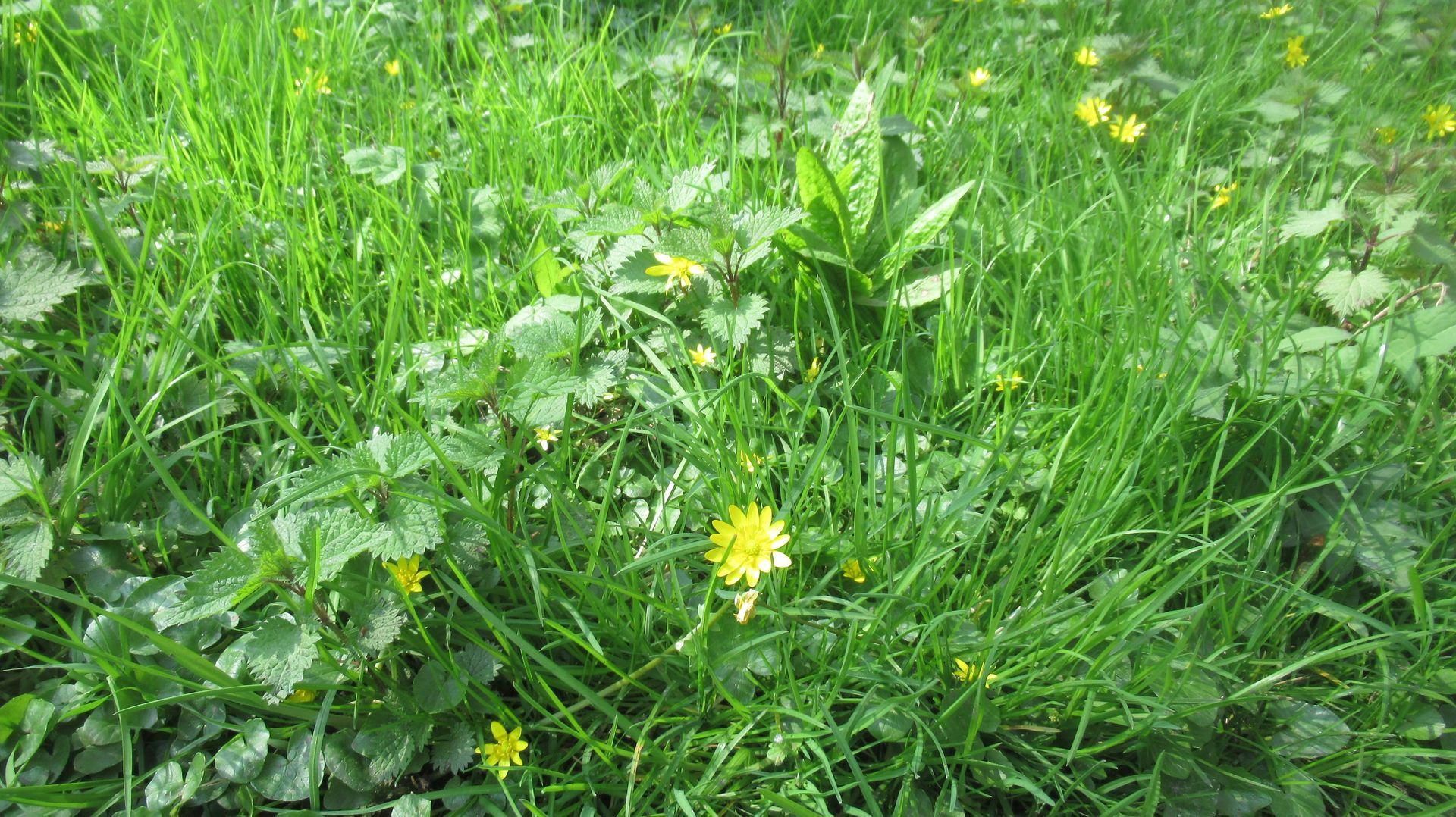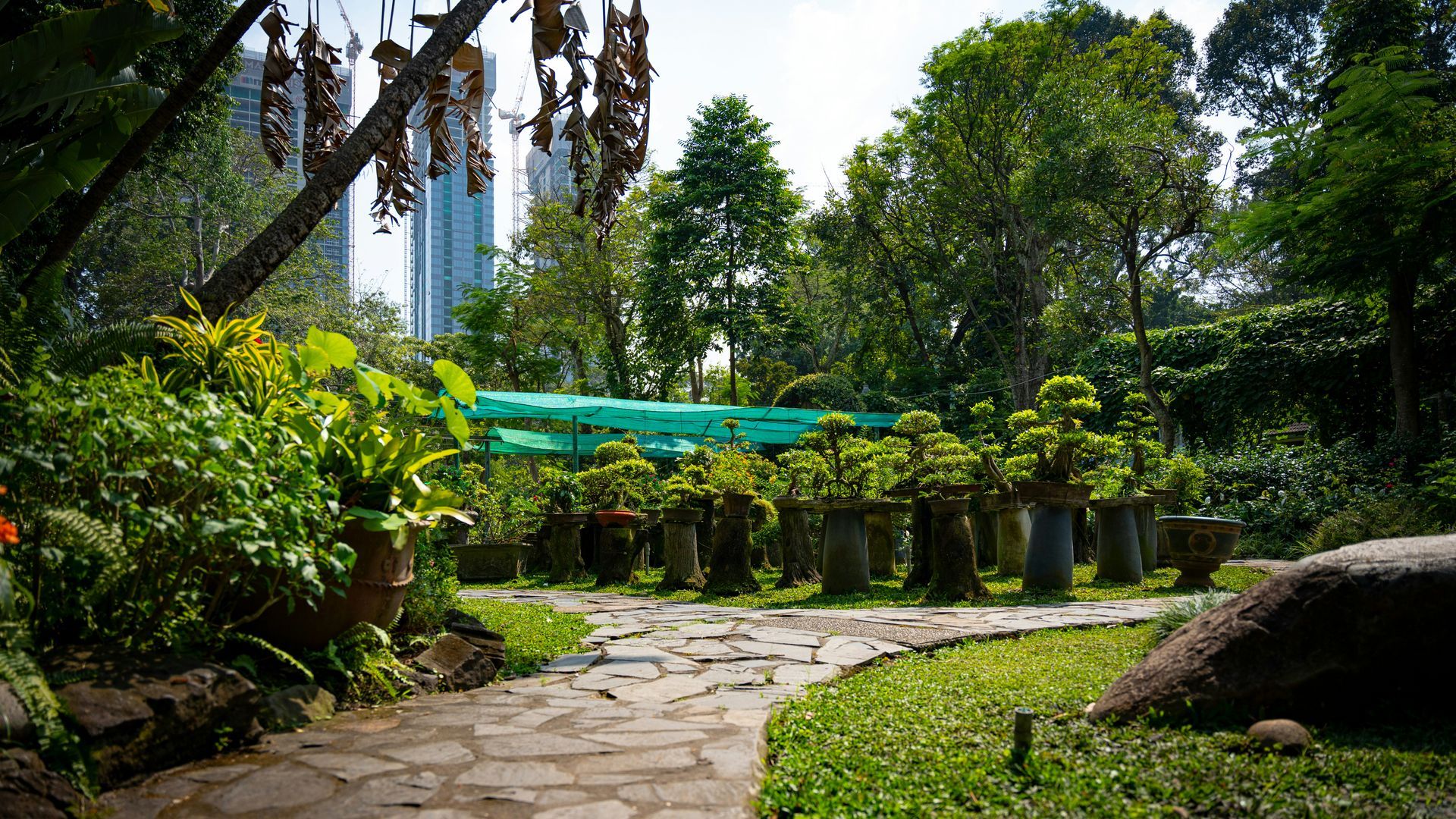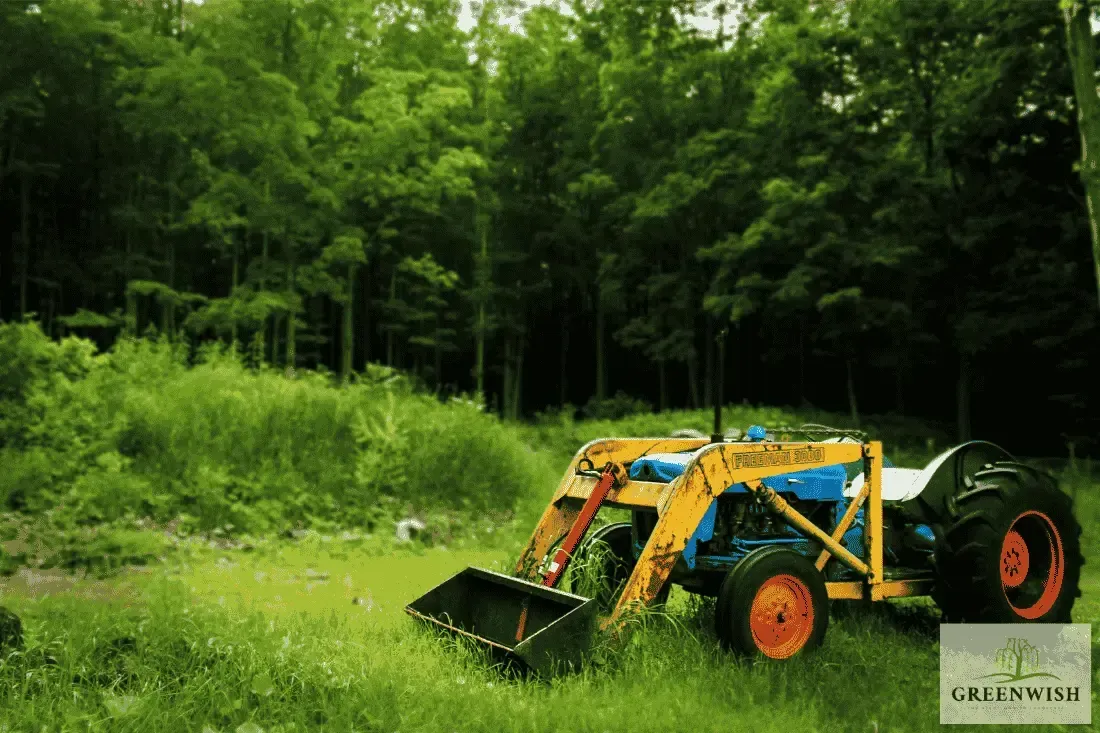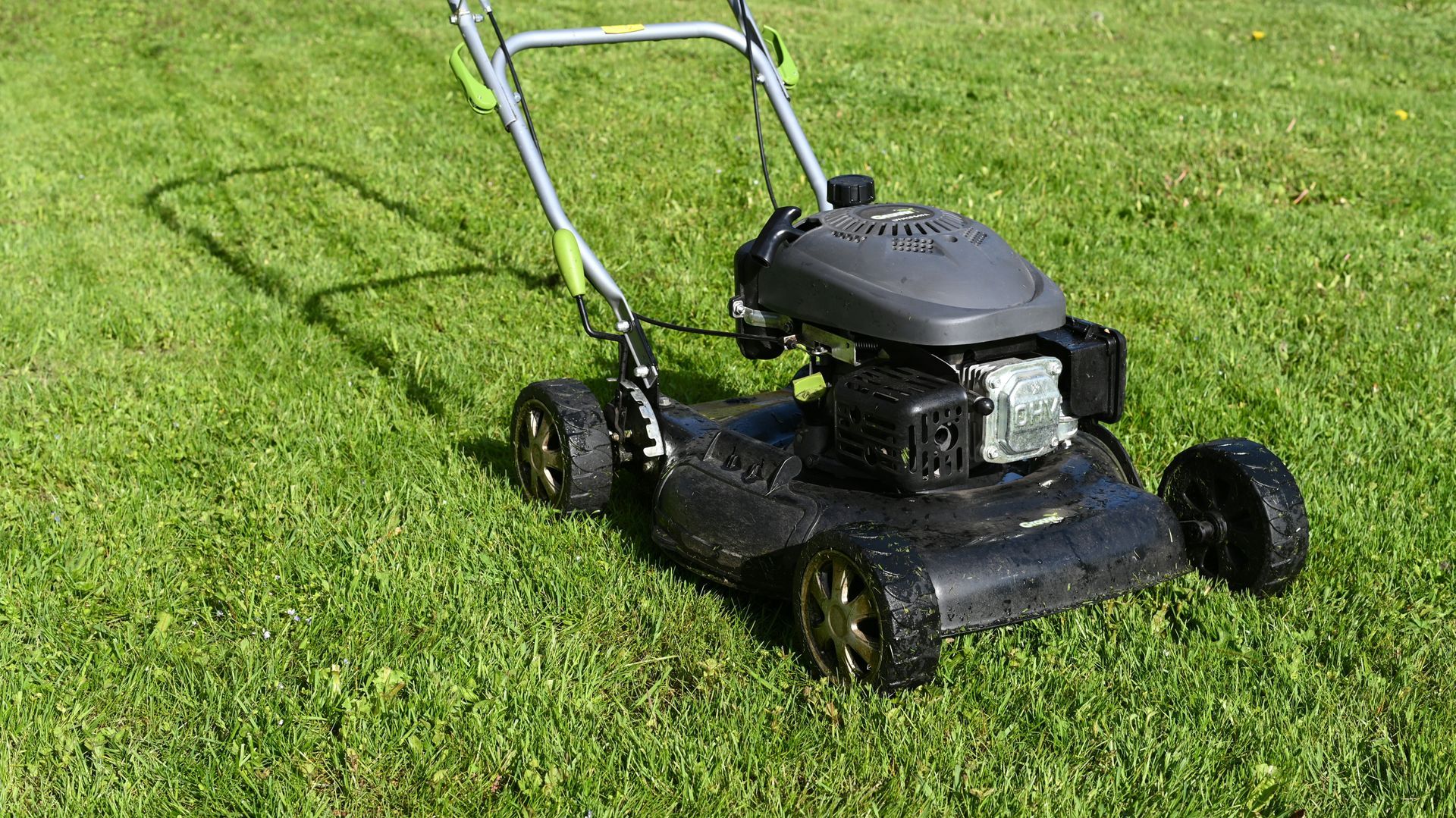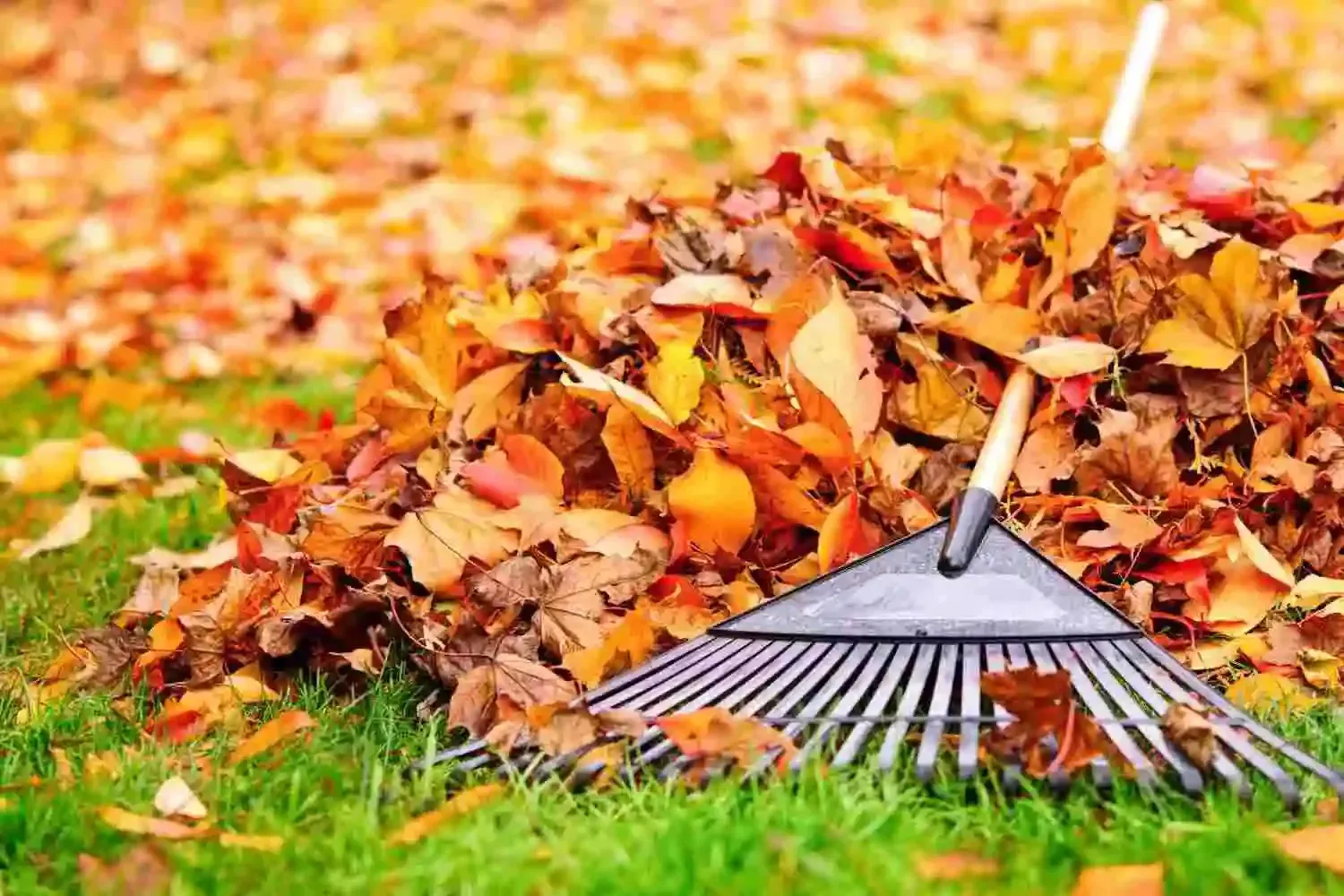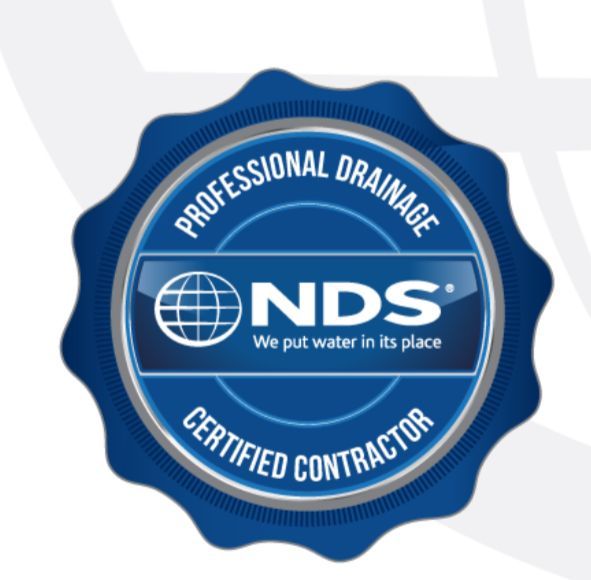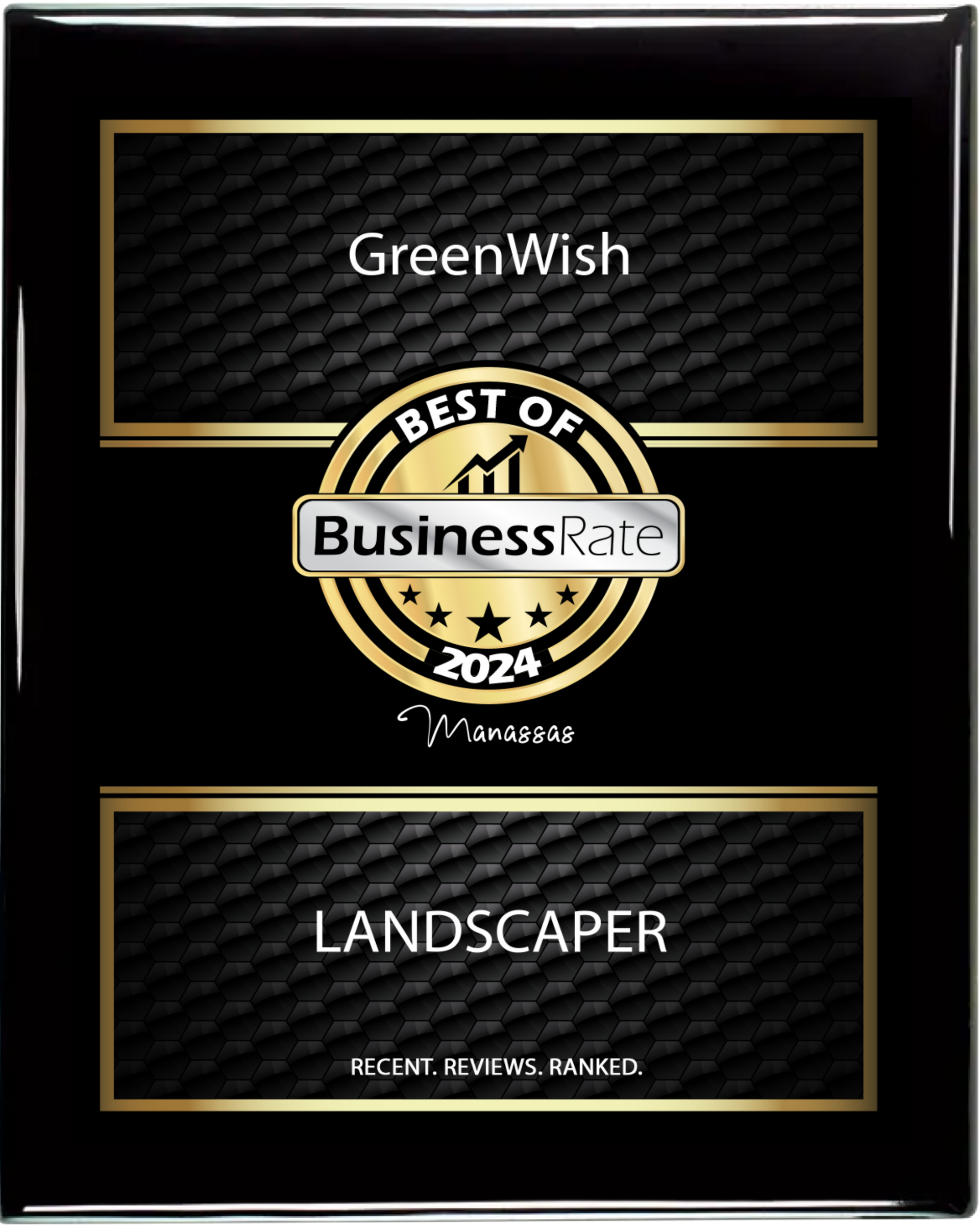15 Best Small & Dwarf Trees for Landscaping, Shade, and Flower Beds in Virginia (2025 Guide)
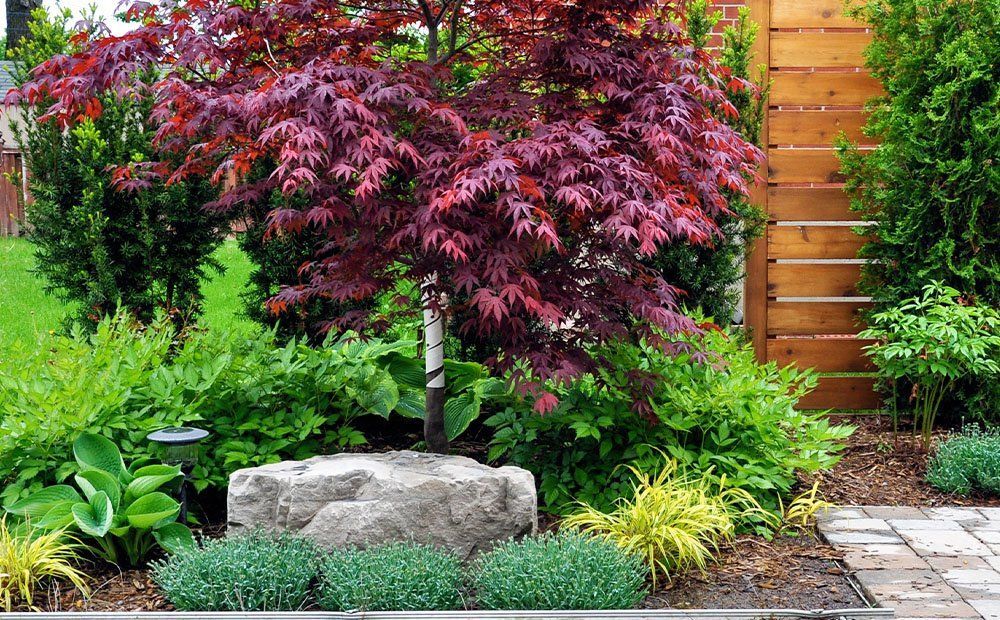
Looking to upgrade your front yard or flower beds without planting a tree that grows out of control?
Then this guide is exactly the guide that you were looking for !!!
With our tonnes of experience in small and dwarf trees, we’ve put together a list of the best small and dwarf trees that work well in Virginia’s climate. These trees are ideal for tight spaces, shaded areas, or any homeowner who wants beauty without any constant headache of maintenance.
Here is what we have for you:
- Trees that give you shade without taking over
- Compact trees that fit nicely in flower beds
- Options that are low-maintenance and safe to plant near your house
Landscaping a new home or replacing a old tree or upgrading your yard. Does not matter . this guide answers everything and you will know exactly how . Just wait !!!
Why Pick a Small Tree Instead of a Big One?
Big trees are cool until they get too big and become a pain in the a$$ (Oh sorry). We mean they become a huge problem just like their size.
They drop huge branches, block all the sun, and sometimes mess with your foundation or driveway. That’s why more people in Virginia are planting small or dwarf trees.
They’re easier to live with. Here’s what we mean:
- You don’t have to climb ladders to trim them and end up breaking your back when you fall because you do not the heck of it .
- You would not have to pay a tree removal company to cut down the tree.
- And the best part is you can take care of small trees by yourself , No tree removal service needed. No extra budget or hassle , so you get to spend time with nature without going to the doctor or spending a dollar.
- They stay where you want them — no wild overgrowth.
- You can plant them near your house, and they won’t mess with your roof or pipes. (Most important)
Small trees also fit better in front yards and flower beds. Even if you don’t have much space, there’s probably room for one.
Some give you good shade too. Not the deep forest kind — but enough to cool your porch or add a little privacy.
And the best part? You can still get flowers, color, and that “finished” look — just without all the cleanup.
So yeah, big trees have their place. But for most yards? Small trees just make life easier.
15 Small & Dwarf Trees That Work Great in Virginia
Do not have a massive backyard. You do not even need it to enjoy trees.
These are some of the best small trees that grow well in Virginia. They’re low-maintenance, don’t get too big, and fit nicely in front yards, flower beds, or tight spaces where shade is still welcome.
Here’s the list — not ranked or fancy. Just trees that actually work.
1. Eastern Redbud
Anyone who has lived in Virginia would have observed that Eastern Redbud is one of the first to bloom, with small, bright pink flowers that pop out all along the branches, even before the leaves show up.
What makes this plant so great? Well, it doesn’t get too big — usually only reaching about 20 to 25 feet tall. That makes it tall enough to catch your eye, but still easy to handle. Plus, it grows quickly, so you won’t have to wait years for shade or beautiful blooms.
It thrives in sun or partial shade, and it doesn’t need perfect soil. Plus, it drops very little — just a few seed pods after blooming, but nothing that’ll take over your yard.
If you want a native tree that’s low-hassle and shows off in early spring, this is a solid pick.
2. Japanese Maple
This one’s all about the leaves, it does not matter which one you pick, the lace-leaf kind or the upright variety, a Japanese Maple adds color and texture without needing much space.
Most of these plants grow to about 10 to 15 feet tall, though some varieties stay smaller. In spring, their leaves are either red or a deep green, and by fall, they turn bright red or orange. It’s like having a piece of seasonal artwork right in your yard.
It prefers some shade in the afternoons — especially in Virginia’s hot summers. You’ll also want to plant it where it’s protected from strong wind.
It’s neat and doesn’t spread quickly. Once it's got a foothold, it’s simple to maintain. Ideal for flower beds, entryways, or that empty space that could use a splash of eye-catching color.
3. Crape Myrtle (Dwarf Varieties)
Crape Myrtles are a common sight throughout Virginia—and it's easy to see why. The dwarf varieties bloom for months during summer and early fall, showcasing colors like white, pink, lavender, or purple.
If you’ve only seen the larger versions, don’t worry—there are smaller, more compact types that stay under 10 feet tall. They’re perfect if you want a bushier look or need something manageable for a corner or border.
These plants love full sun, and once they’re established, they don’t need much watering. Their bark peels in winter, giving the plant a cool, textured appearance when everything else is bare.
You’ll enjoy vibrant flowers, beautiful fall colors, and a tidy shape—without much fuss. Just be sure not to over-prune in winter; a light trim is all they need to stay looking great.
4. Dogwood
Virginia’s official state tree is the beautiful Flowering Dogwood, and it truly deserves the spotlight. In spring, it blooms with soft white or pink petals that look like they’re gently floating , it's enough to make you stop and admire it for a moment.
These trees grow slowly, typically reaching heights of 15 to 20 feet. They’re perfect for smaller yards, especially if you’re looking for a tree that does well in partial shade. In fact, they thrive with a bit of protection from the harsh afternoon sun.
In Autumn, their leaves turn a rich reddish-purple, and the tree produces small red berries that birds love.
They prefer regular watering, particularly during dry summers, and a layer of mulch helps keep them happy. While they may not be the easiest tree to care for, they absolutely bring color and style to your yard.
5. Serviceberry
Not many people know about this one , but they should.
The Serviceberry is a multi-season performer. It blooms with soft white flowers in early spring, then gives small, dark berries in June (you can eat them, or leave them for the birds). In fall, the leaves turn red, orange, or gold.
It grows anywhere from 15 to 25 feet tall, but the shape is usually upright and narrow — great for smaller yards or tight spots near fences.
Serviceberries are native to the region, so they handle Virginia soil and weather without a problem. They thrive in full sun or light shade and don’t require frequent pruning.
If you want something that looks nice most of the year and supports wildlife, this tree’s a smart, under-the-radar pick.
6. Dwarf Magnolia
If you're looking for a plant that stays green all year round, this one’s a great choice. The dwarf magnolia is a smaller version of the classic southern magnolia, but it still delivers those beautiful, fragrant white flowers.
Usually reaching about 10 to 12 feet tall, it’s easier to manage and safer to plant near your home. The leaves are shiny, deep green, and somewhat leathery, so they hold up well through the seasons.
It loves the sun but can handle a bit of shade, especially during the hot summer months. Once it’s established, it pretty much takes care of itself—just plant it, add some mulch, and let it grow.
If you want a tidy, year-round look for your front yard or flower bed without worrying about a lot of shedding, this might be just what you need.
7. Amur Maple
This tree isn’t talked about very often, but it’s actually one of the easiest small trees to maintain in a landscape. It reaches about 15 to 20 feet tall and has a nice, rounded shape that stays pretty even without needing pruning.
What really makes it stand out is its fall color—the leaves turn a stunning orange-red that's bright enough to catch your eye from the street. It’s pretty adaptable to different soil types and doesn’t require perfect conditions to grow well. While it prefers plenty of sun, it’s flexible and can handle some shade during the day. It’s tidy, doesn’t grow too quickly, and is a great choice if you’re looking for something simple, colorful, and suitable for the front yard.
8. Fringetree
This tree isn’t something you see in every yard — which is part of what makes it so special. The fringetree blooms in late spring with delicate, white, string-like flowers that seem to float in the air. It’s unique in a good way — effortless and understated, yet people always ask what it is when they pass by.
It grows to about 15 or 20 feet tall and does well in sun or partial shade. If you have a spot that gets some morning sun and some afternoon shade, this tree will thrive.
It doesn’t drop heavy limbs, grow wildly out of control, or require constant pruning. It quietly goes about its business, adding a touch of freshness to your yard.
9. Dwarf Redbud
You probably already know the redbud tree, but did you realize there’s a smaller version? The dwarf redbud offers those same gorgeous pink flowers in early spring, but it stays much more manageable in size — about 10 to 12 feet tall instead of 25. It’s a perfect choice if you love the look but don’t have a lot of space.
This little beauty has a rounded, bushy shape, so it’s great for filling gaps without sprawling out too much. You can plant it along walkways, near patios, or even use it as a charming focal point in your front yard.
It’s quite versatile, thriving in both sun and light shade, and once you plant it, caring for it is pretty easy. If you’ve been thinking about adding a redbud but don’t want one that outgrows your yard, this could be just the right tree for you.
10. Dwarf River Birch
This tree is pretty tough, making it a real lifesaver if your yard tends to hold water. The dwarf river birch thrives in damp soil, heavy clay, and even in spots where most trees struggle. It offers beautiful, peeling bark and delicate, fluttering leaves, but it stays modest in size. Usually reaching about 10 to 15 feet, it's much easier to manage than the full-sized version. You’ll often see it in areas that get a lot of rain or have puddles—it's just better at handling moisture than most trees. Plus, it's not messy and tends to keep a neat shape with very little effort. If you’ve been hesitant to plant a tree because your yard isn't very forgiving, this could be a perfect choice.
11. Hawthorn (Dwarf Varieties)
This is a bit of an old-fashioned choice now, and you don’t see it as often anymore, but it’s still a great option if you're looking for flowers and fruit without a lot of height. The dwarf hawthorn produces white flowers in spring and red berries in the fall. Birds love the fruit, and it adds some nice color to your yard late in the season. The leaves also turn orange or gold before falling, giving you a beautiful display from spring through fall.
Most of these dwarf varieties grow about 12 to 15 feet tall, making them perfect for a small front yard. Just remember to plant it in a sunny spot because it doesn’t do well in deep shade. Once it’s planted, it doesn’t require much fuss.
It may not be flashy, but it’s reliable and has that charming, old-fashioned garden feel.
12. Dwarf Crabapple
If you're looking for a small tree that adds beauty, flowers, fruit, and attracts birds, this one has it all. The dwarf crabapple blossoms in early spring with lovely pink or white flowers that look soft and smell wonderful, especially on warm days. After it blooms, it produces tiny apples that wildlife will love to munch on.
Typically reaching about 8 to 12 feet tall, it has a charming rounded shape, making it a perfect choice near fences, walkways, or in a spacious flower bed.
Crabapples enjoy full sun and tend to do best in dry soil—just avoid planting in soggy spots. Once established, they're hardy and low-maintenance. If you want a cheerful, seasonal tree that brightens your yard, this one’s a great option.
13. American Smoketree (Small Varieties)
This plant is pretty unique, and that's a big reason why people love it. The smoketree gets its name from the pinkish-gray "clouds" it creates when it blooms in summer. They aren’t actual smoke, but from a distance, they look like it. It's a great choice if you're tired of seeing the same trees in every yard.
It typically grows between 10 to 15 feet tall, and its leaves turn bright orange or red come fall—so it offers beauty across multiple seasons.
Smoketrees thrive in full sun and prefer drier soil. They don't do well with too much water and can become leggier if they’re planted in too much shade. If you're looking for something that adds a bit of artistic flair without requiring a lot of fuss, this might be just what you need.
14. Pawpaw Tree
If you're looking for a native tree that actually produces edible fruit, the pawpaw is definitely worth considering. It’s not exactly the typical backyard tree, but once you have one, it’s hard not to fall in love with it.
The tree itself reaches about 15 to 20 feet tall and has large, tropical-looking leaves that offer gentle shade. In late summer, it bears soft, green fruit that tastes a bit like banana pudding—sweet and creamy.
Pawpaws do best in part shade and prefer moist soil. You’ll often find them near creeks or in wooded areas throughout Virginia. They’re like a hidden gem—not many people grow them, but those who do usually become big fans.
Plus, the fruit is packed with nutrients and totally local.
15. Dwarf Alberta Spruce
If you're looking for something tidy and green to enjoy all year round—without any flowers, fruit, or mess—the dwarf Alberta spruce might be just what you need. It grows slowly, staying under 10 feet tall, and resembles a perfect little Christmas tree. It fits nicely near doorways, along walkways, or in small spaces where you want some structure. It loves full sun but can handle light shade too. The needles are soft—no poking—and it keeps a neat shape without needing pruning. While it isn’t a showstopper, it quietly does its job and always looks neat and clean.
Where and How to Plant Small Trees in Your Yard (Without Making Common Mistakes)
Picking the right tree is only half the job. Where to plant it — and how to plant it — makes all the difference.
You don’t need to be a landscaper or a professional like us or pull out a measuring tape every five minutes. But there are a few things to keep in mind so your new tree doesn’t end up in the wrong spot, growing sideways, or getting ripped out a year later.
Let’s break it down in easy-to-understand language
Don’t Plant Too Close to the House
It can be tempting to plant a cute little tree right next to your porch or window, but even small trees need some space to breathe. Their roots spread out, and their branches grow, so what looks perfect today might start to crowd your siding, gutters, or fence down the line.
A good rule of thumb? Keep at least 6 to 10 feet of space between the tree and your house. If you're planting a wider tree like a crape myrtle or serviceberry, consider giving it even more room.
Planting too close can mean you’ll be pruning every year or, worse, dealing with cracked concrete or blocked windows later on.
Think About the Sun (Seriously)
Some trees love full sun. Others prefer some afternoon shade. If you don’t match the right tree with the right light, it will struggle to grow. After all, the sun is food for them.
Here’s the simple breakdown:
- Full sun (6+ hours of direct sunlight): Crape myrtle, hawthorn, dwarf spruce
- Part shade (a few hours of sun, but not all day): Dogwood, redbud, pawpaw
- Mostly shade: Not ideal for trees. Shrubs might work better here.
If your yard gets uneven sunlight — like some parts in the morning sun and others in the shade in the afternoon — that’s called partial sun. Most small trees are perfectly okay with this kind of lighting.
Stay Away from Utility Lines
This detail often gets overlooked. Even if your tree won't grow taller than 15 feet, it's important to remember that the city generally advises against planting directly under power lines or too close to gas meters. It can be risky — and they might remove it without any notice.
Always take a moment to check what's above and below ground before planting. A quick call to 811 (in the U.S.) can tell you if there are underground lines nearby. It’s free and can save you a lot of trouble later.
Don’t Forget About Roots
Small trees typically have smaller root systems, but that doesn’t mean you can plant them right next to your driveway, sidewalk, or septic tank. Most trees need about 3 to 4 feet of space around their trunk for their roots to spread out. Planting too close to concrete or pipes could cause the roots to crack or lift those surfaces over time. If you’re planting near other trees, try to keep at least 10 to 15 feet between them so they don’t end up competing for space as they grow.
Think Ahead — Not Just “Right Now”
Here’s the honest truth: Young trees are undeniably adorable. But just five years down the road, that tiny redbud might be in your way — blocking the porch light or leaning over your car.
Before you plant, try to picture what the tree will look like in 5 to 10 years. Will it block your view? Drop fruit along the walkway or lean toward your roof?
And don’t forget about seasonal messes. Some trees shed flowers, seeds, or small fruits. That’s not always an issue — unless your car or patio are underneath.
Extra Tip: Mulch Helps a Lot
After planting your tree, spread a ring of mulch around the base—just don’t pile it up against the trunk as if it were a volcano. About 2 to 3 inches deep, in a wide circle, helps keep the soil moist and keeps weeds at bay. Plus, it gives your tree a polished look with minimal effort.
Planting a small tree isn’t complicated, but a bit of planning now can save you a lot of mess later. Think of it like arranging furniture in your yard: you want everything to fit well, leave space to move around, and still look good years down the road.
Questions and questions. That’s what you have !!! And we have answers,answers and answers, more answers than your questions. Below are the
Final Thoughts: A Small Tree Can Make a Big Difference
You don’t need a giant oak to make your yard feel complete. Sometimes, one well-placed small tree is all it takes to bring life, shade, or color to your space.
Whether you’re dealing with a narrow flower bed, a tiny front lawn, or a tricky shaded corner — there’s a tree that’ll fit.
Dealing with a narrow flower bed , a tiny front lawn , or a tricky shaded corner ? there is a tree a that will fit all your requirements .
Our advice would be to start small and pick one tree that matches your yard and your lifestyl, and don’t overthink it. With time you will get the hang of this important skill -how to cater to your plants needs.
Most of the trees on this list are easygoing and long-lasting — and once they’re in the ground, they quietly do their job year after year.
If you're not sure which one to choose, or where exactly to plant it, consider talking to a local expert or tree removal company in Virginia. They’ll know your soil, your weather, and what grows well in your neighborhood.
And hey — even if you’re not ready to plant this week, now you’ve got options in your back pocket for when the time is right.
Want a yard that actually makes people stop and stare (in a good way)?
These reads cover everything — from where to plant a tree to how to upgrade your patio without overspending.
- 35 Easy & Beautiful Landscaping Ideas to Transform Your Backyard.
- 47 Brilliant Hardscaping Ideas to Upgrade Your Backyard on a Budget.
- What Is Hardscaping? Meaning, Types, Benefits & How It Differs from Landscaping.
Real Costs & Budget Guides
“How much would I have to pay for this ?”
Do not worry we will provide you the details that you are looking for.
- Landscaping Costs 2025: What You’ll Pay Per Square Foot, Monthly, and for Your Front Yard
- Hardscaping Cost Guide 2025: Average Prices & Backyard Patio Pricing Explained
- Tree Cutting & Removal Costs in 2025: Hourly Rates, Real Estimates & a Free Cost Calculator
- Lawn Mowing Cost in 2025: Rates per Hour, Acre & Square Foot
Seasonal & Commercial Tips
- Ultimate Spring Clean Up Guide (2025): Yard Checklist, Costs & Timing
- Commercial Landscaping Costs in 2025: Real Rates & Per-Acre Pricing
- Top 10 Best Commercial Landscaping Companies in Northern Virginia (2025 Reviews)
Expert Lawn Care
Frequently asked questions from our clients and prospects like you
What is the best small tree for a small front yard?
Nothing can go wrong with dwarf trees like an Eastern Redbud or a Japanese Maple. Both stay under 20 feet, look beautiful in all seasons, and don’t take over the yard.
If you want flowers, go for the redbud. If you’re into fall color or neat leaves, the maple’s your pick.
Just make sure you leave a few feet of space between the tree and your house, and you’re good to go.
Which tree is best to grow in front of a house?
If you're looking for something that looks attractive but also behaves well, here are some great options. A Dogwood is a favorite — it offers pretty, soft flowers in spring, vibrant red leaves in the fall, and a shape that fits nicely near homes. Another excellent choice is the Serviceberry, which gives you spring blossoms, summer berries, and fall color — all while not growing too wide or tall. If you prefer evergreen plants, consider a Dwarf Magnolia or an Alberta Spruce.
Can I plant a small tree in my front yard?
Yes, absolutely — and it can really improve curb appeal.
Just be smart about it:
- Pick a tree that fits your space when it’s fully grown
- Don’t plant too close to the house, walkway, or driveway
- Know how much sun or shade that area gets
If you’ve only got a tiny space, something like a Fringetree, Dwarf Redbud, or Crape Myrtle (dwarf) could be a great fit.
What is the best shade tree that is not messy?
The Amur Maple is a great choice—it's pretty reliable for providing shade, has lovely fall colors, and it doesn’t drop messy fruit or heavy branches. The Dwarf Magnolia is another excellent option; it's evergreen, neat, and keeps its shape. If you're looking for something easy to care for and tidy, it's best to avoid trees that drop fruit or large seed pods, like some crabapples or full-sized oaks.
What is the lowest maintenance tree?
You really can't go wrong with the Dwarf Alberta Spruce. It grows slowly, keeps its shape naturally, and doesn’t require any pruning or raking. The Amur Maple and Dwarf River Birch are also low-maintenance — once they're established, they're pretty much on their own. Just make sure to water them well during the first year or two, and they'll be set for the long haul.
Is it a good idea to plant a tree in front of your house?
Absolutely! Choosing the right tree and the perfect spot for it makes all the difference. A well-placed tree can provide delightful shade, add privacy, and make your home feel more inviting. Just a quick tip: avoid planting it too close to the house—give those roots some room to grow, and make sure it won’t block windows or pathways. The secret is to plan ahead and envision how it will look 5 to 10 years down the line.
Do I need a permit to plant a tree in my front yard?
Usually, you don't need a permit if you're just planting in your own yard. However, if you’re planting near the sidewalk, the street, or in a shared neighborhood space, it's a good idea to check with your city or HOA first. Also, if you live in a historic district or an urban area, there might be specific rules about the types of trees you can plant or where you can plant them. It’s always a smart move to give your local city services a quick call before you start digging.
